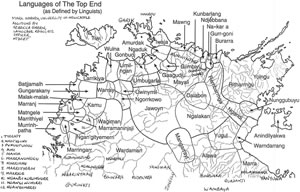Indigenous languages in education: what the research actually shows
![]() Indigenous languages in Education: what the research really shows
Indigenous languages in Education: what the research really shows
Charles E. Grimes, Ph.D. 1
“Children learn better if they understand the language spoken in school. This is a straightforward observation borne out by study after study (Thomas and Collier, 1997; Dutcher, 1995; Patrinos and Velez, 1996; Walter, 2003). Even the important goal of learning a second language is facilitated by starting with a language the children already know. Cummins (2000) and others provide convincing evidence of the principle of interdependence—that second language learning is helped, not hindered by first language study. This leads to a simple axiom: the first language is the language of learning. It is by far the easiest way for children to interact with the world. And when the language of learning and the language of instruction do not match, learning difficulties are bound to follow.”
(World Bank 2006:3)
“The level of development of children's mother tongue is a strong predictor of their second language development.” (Cummins. 2000)



